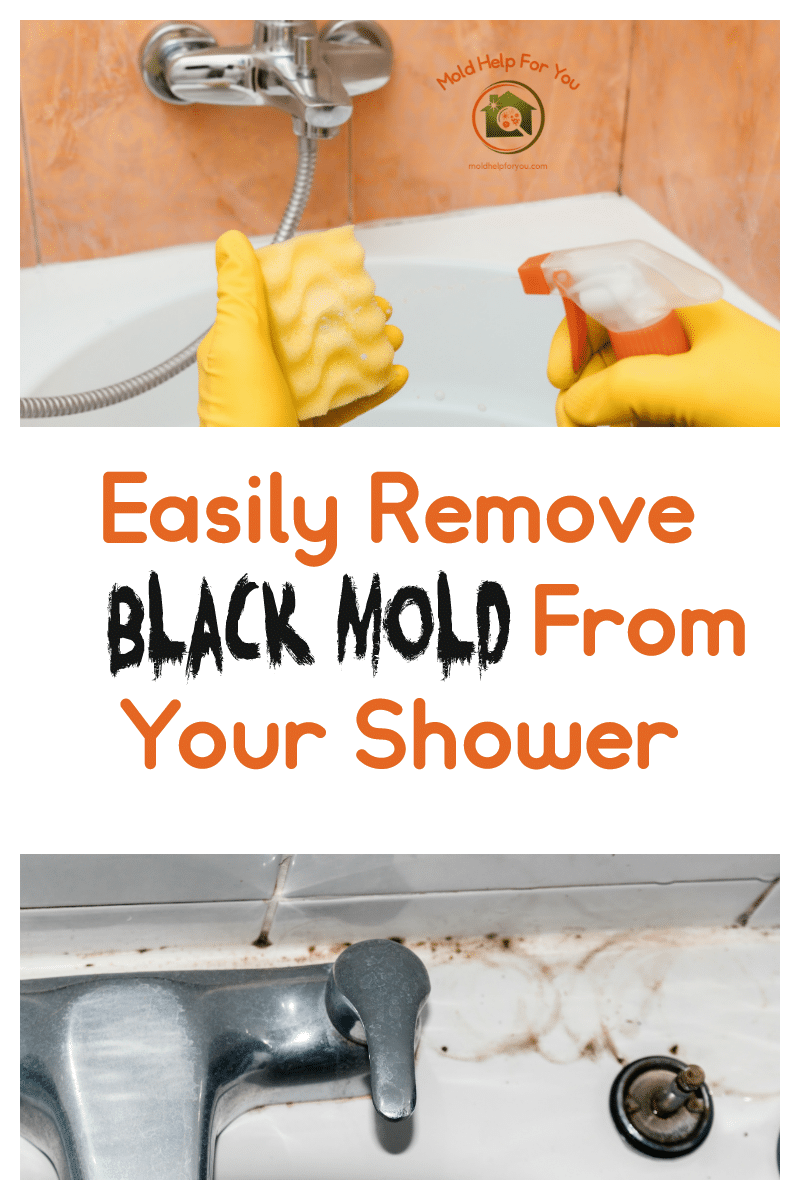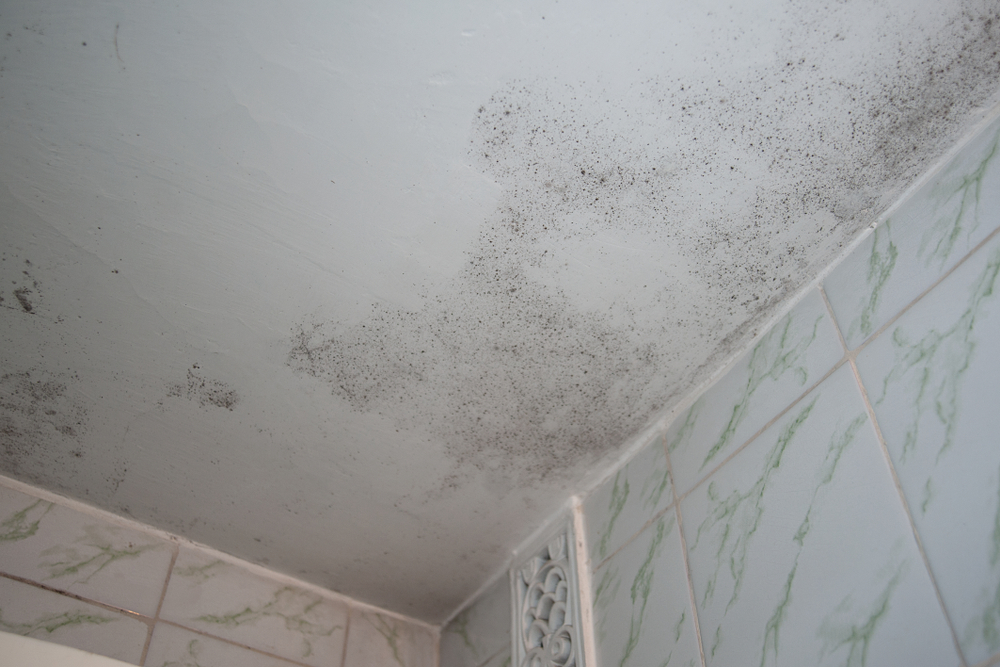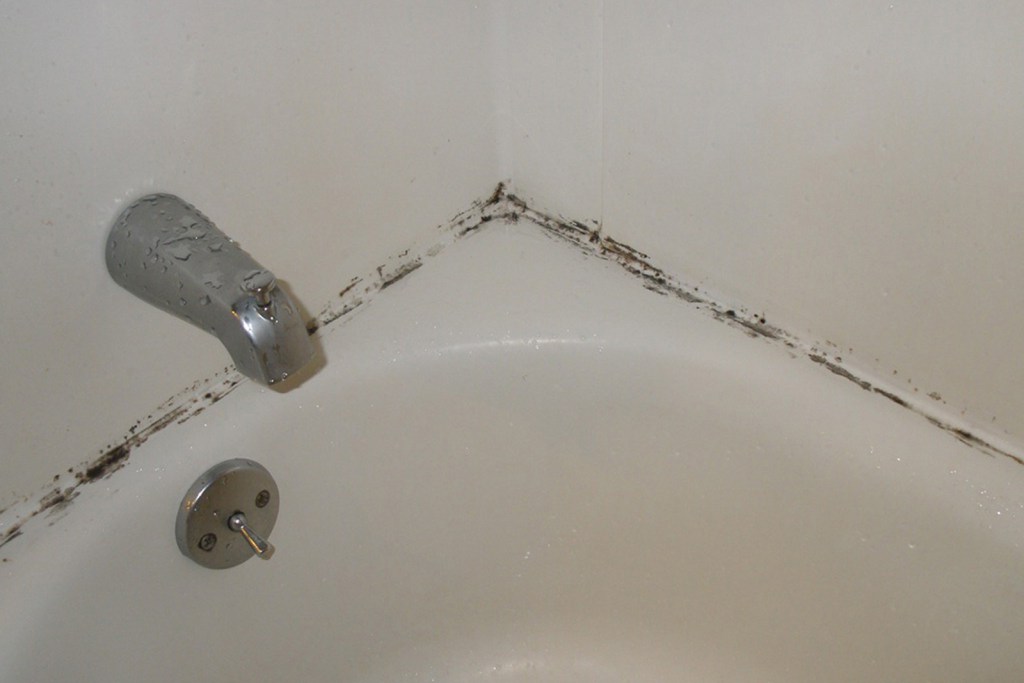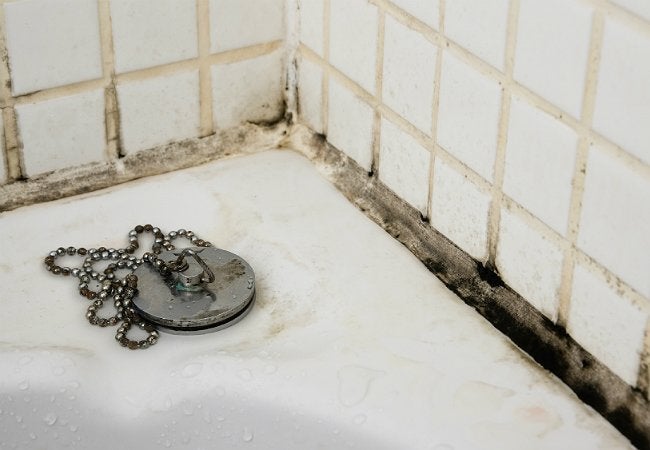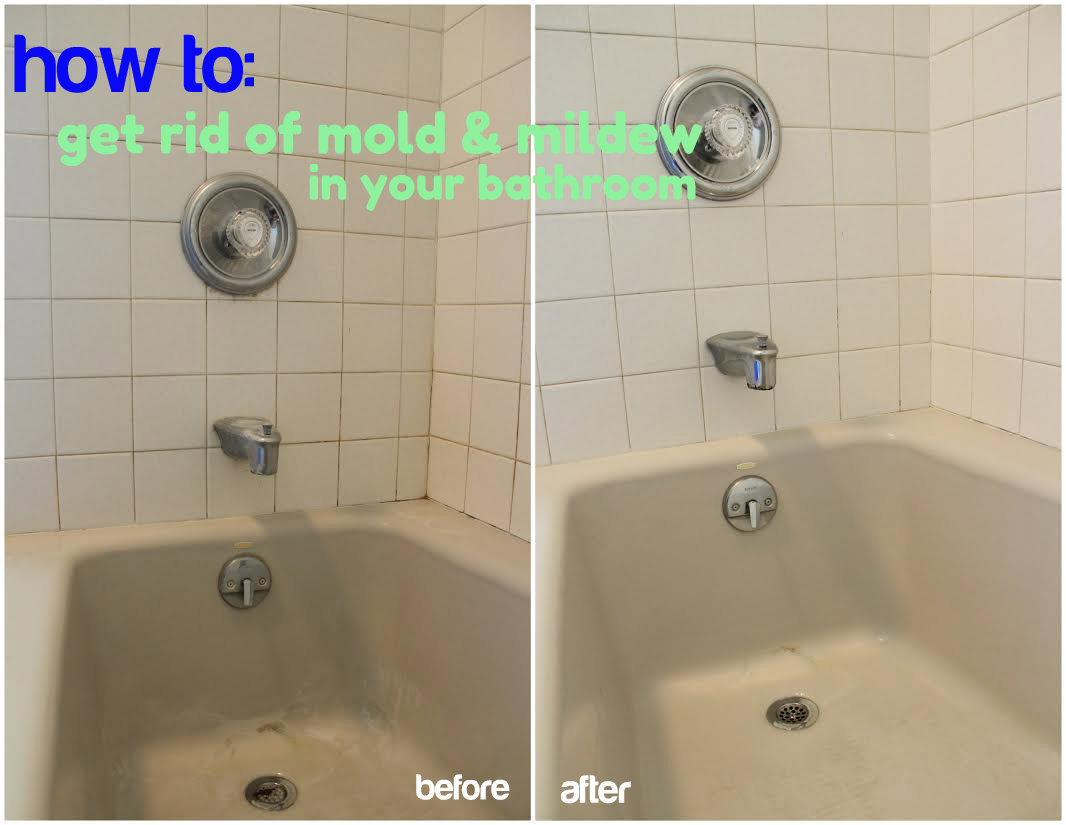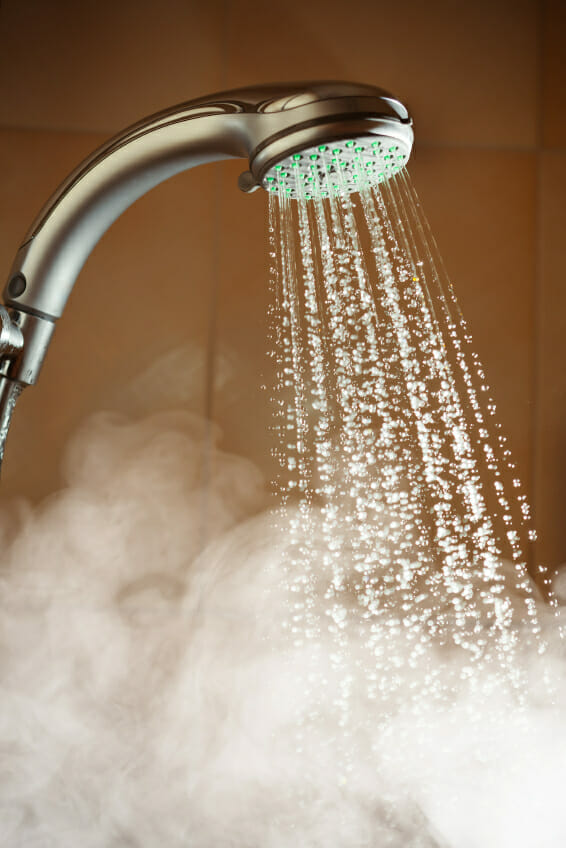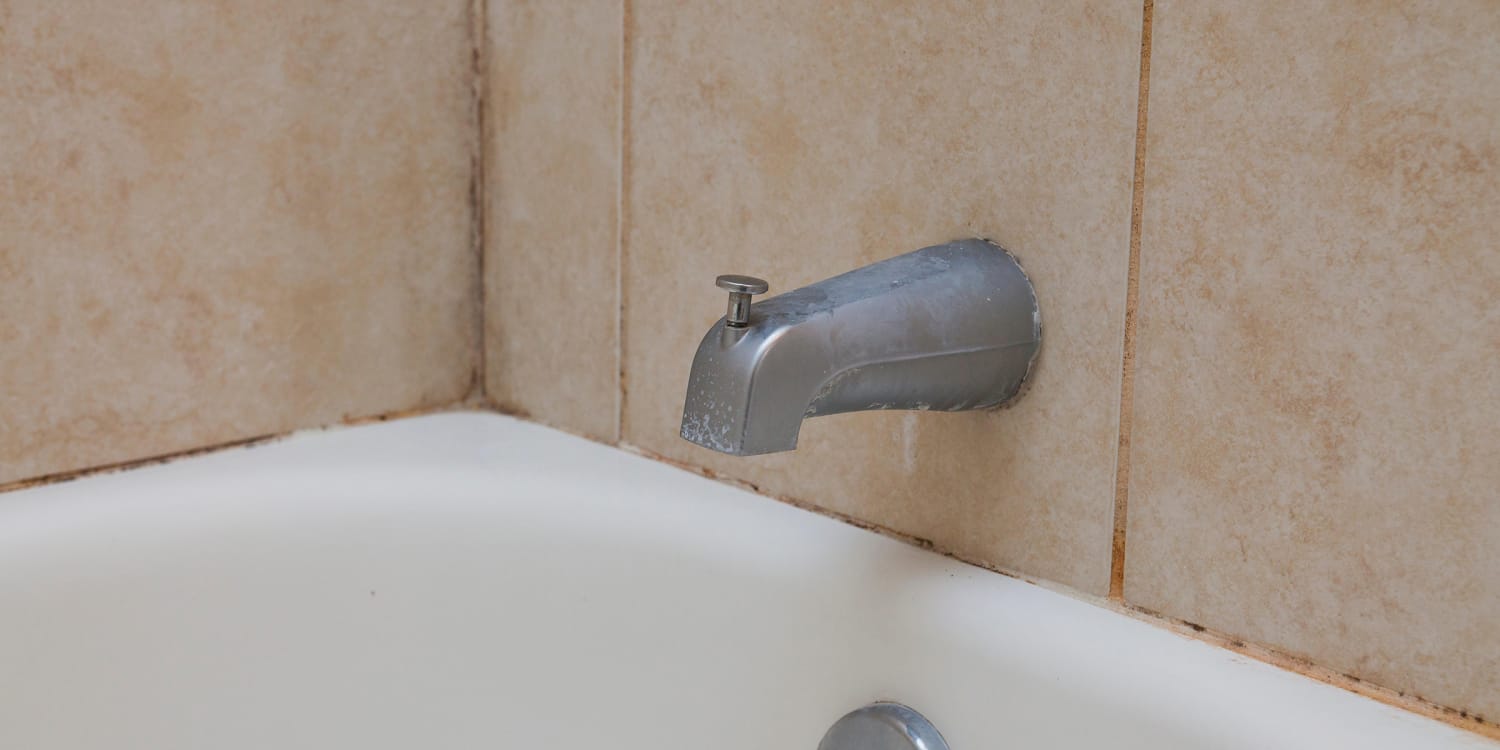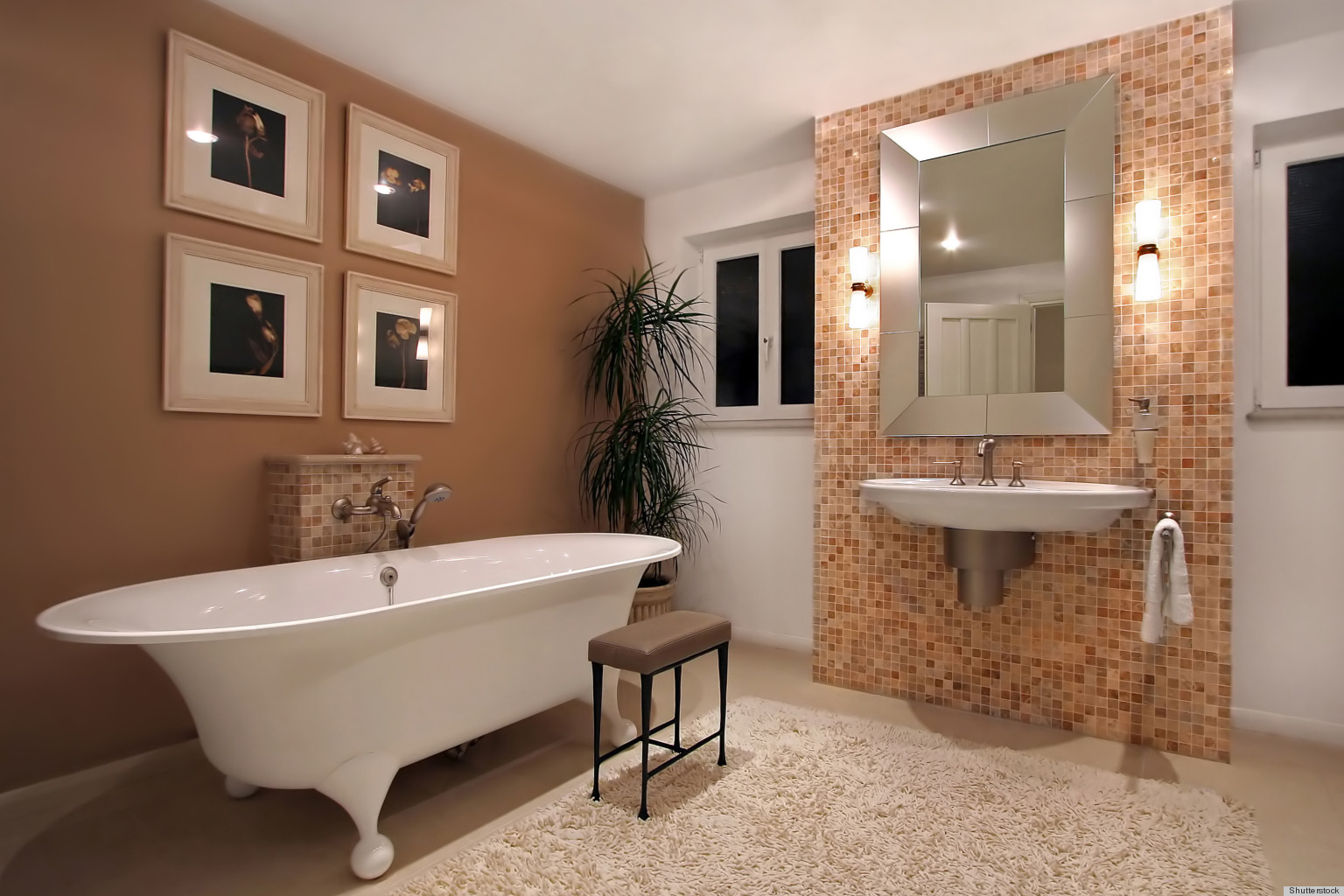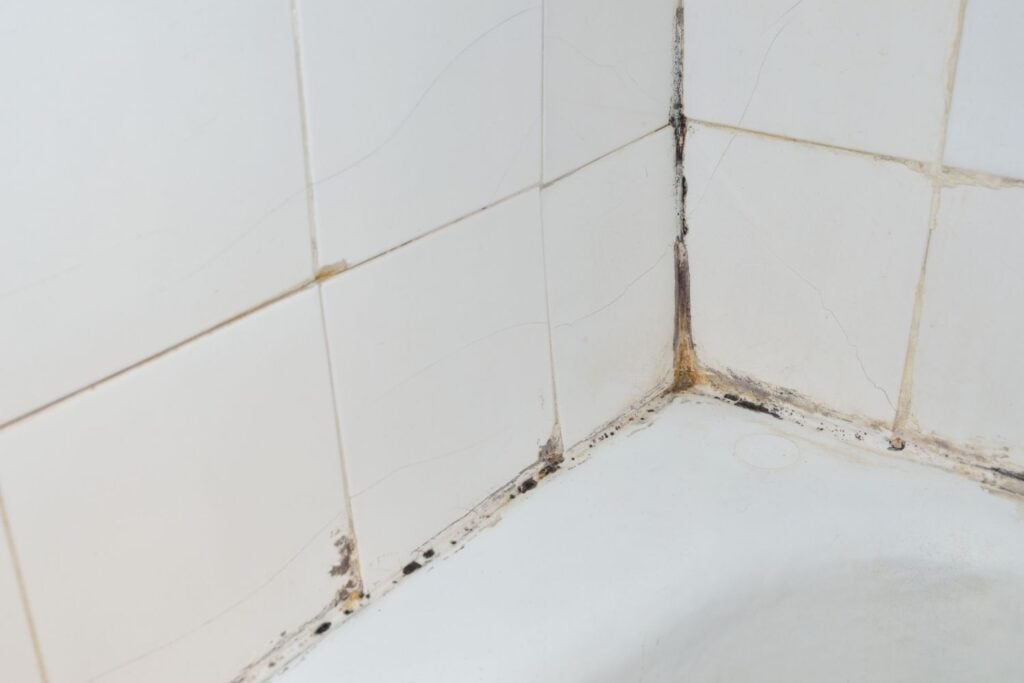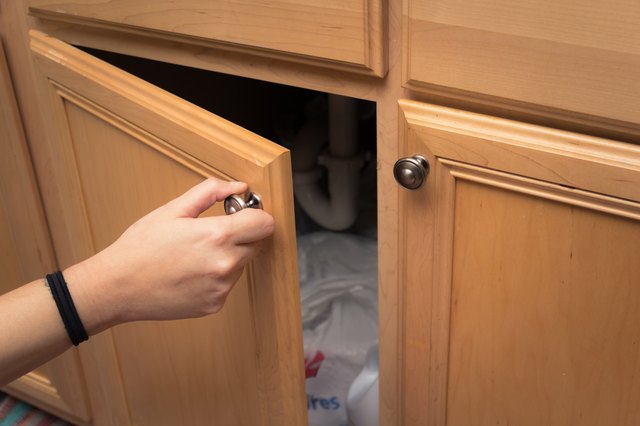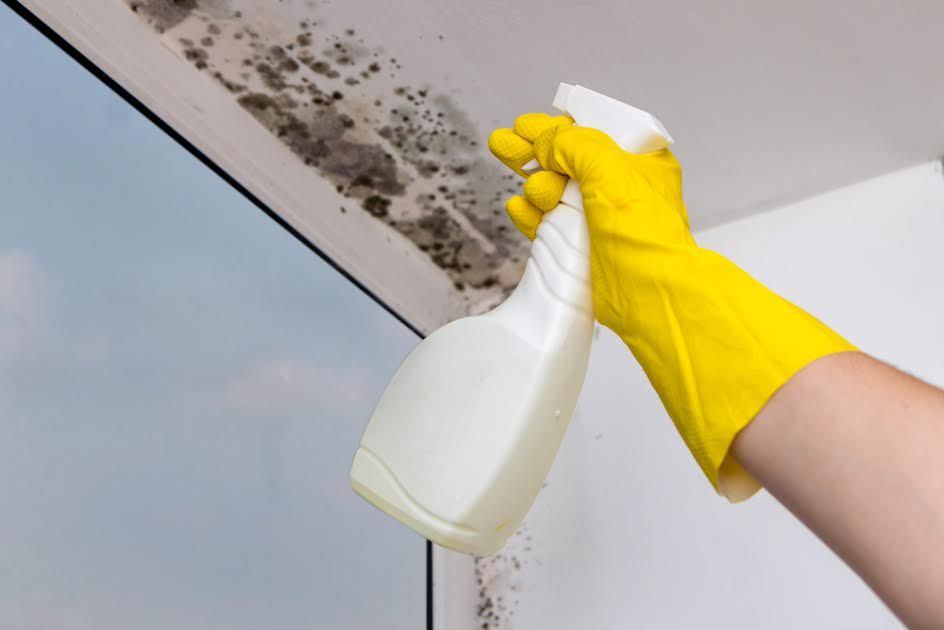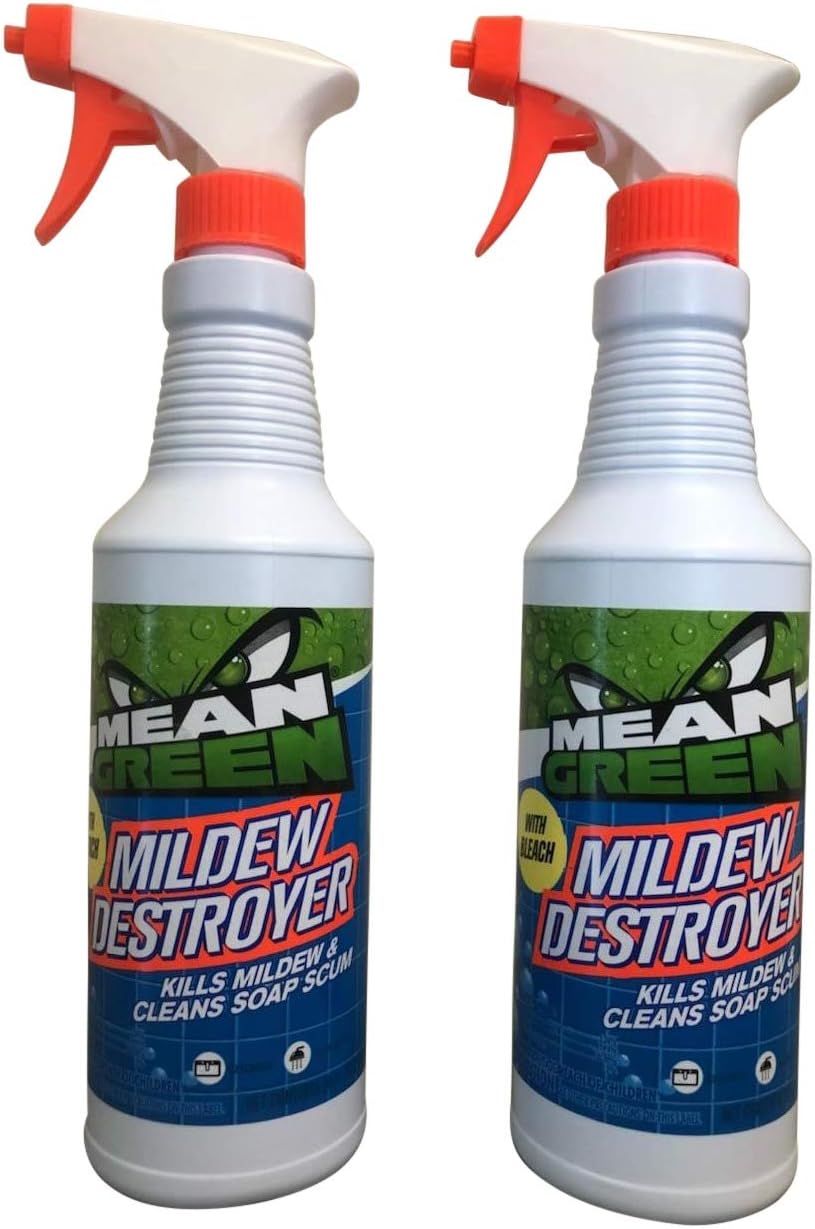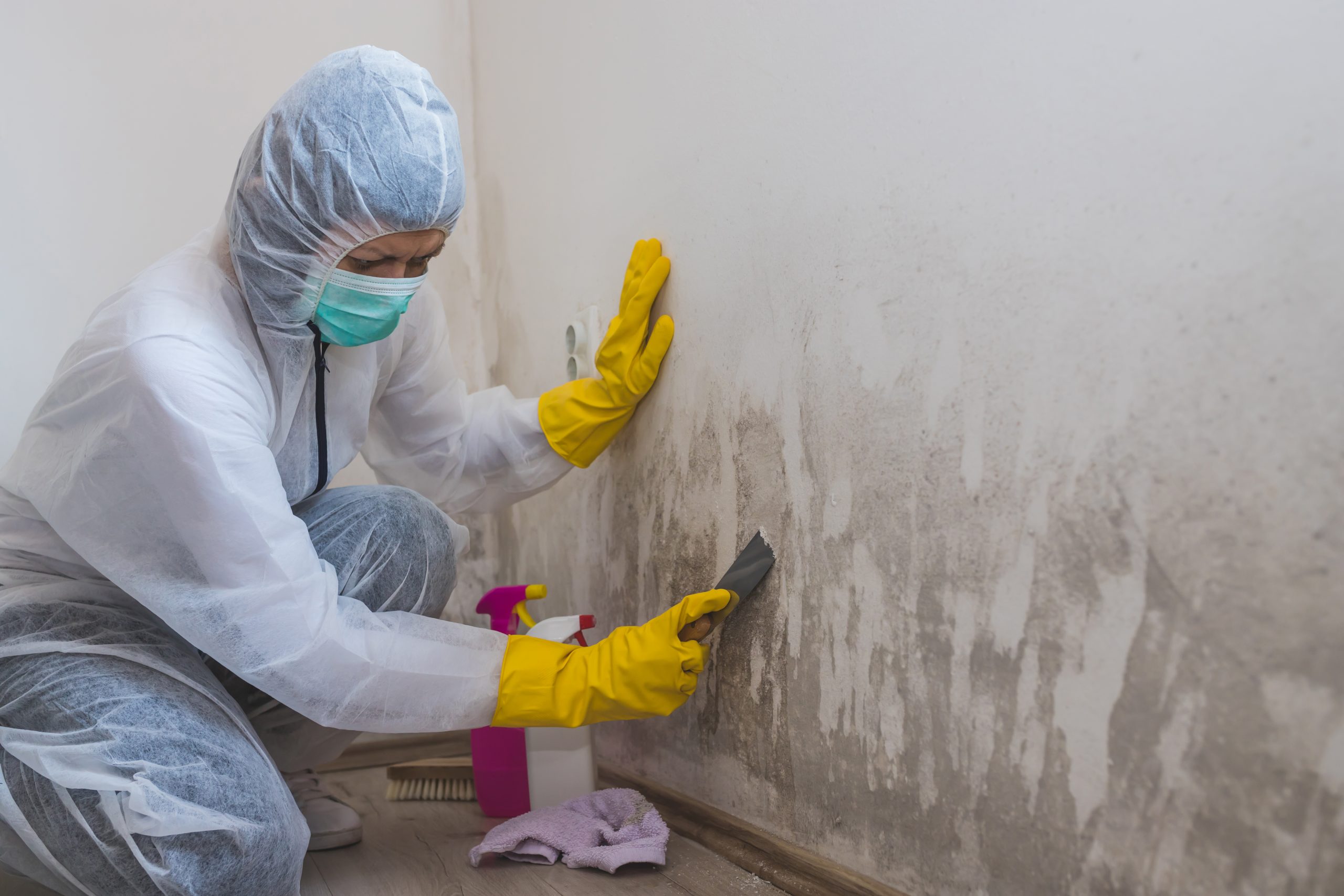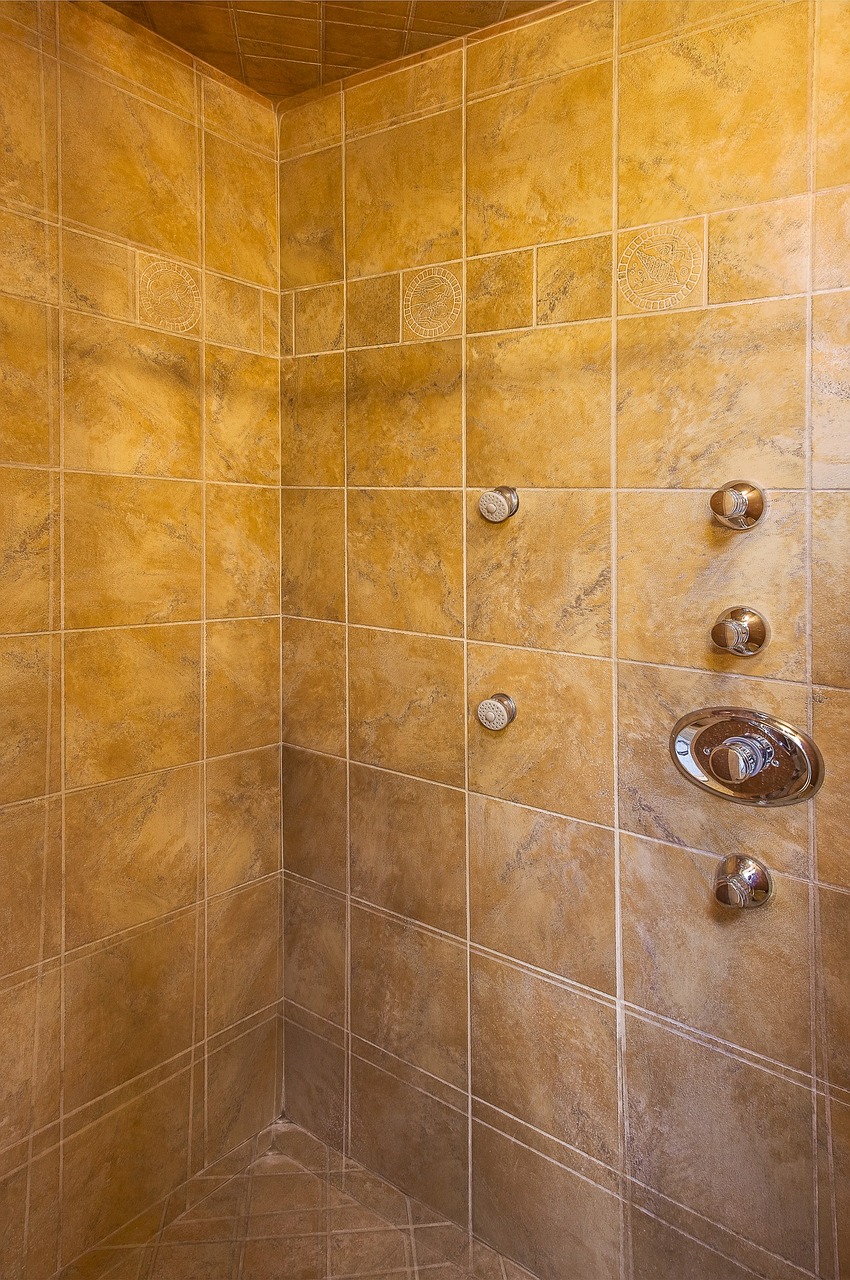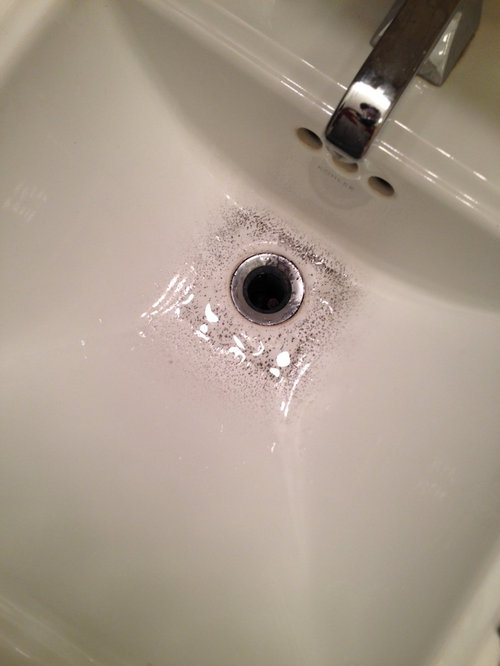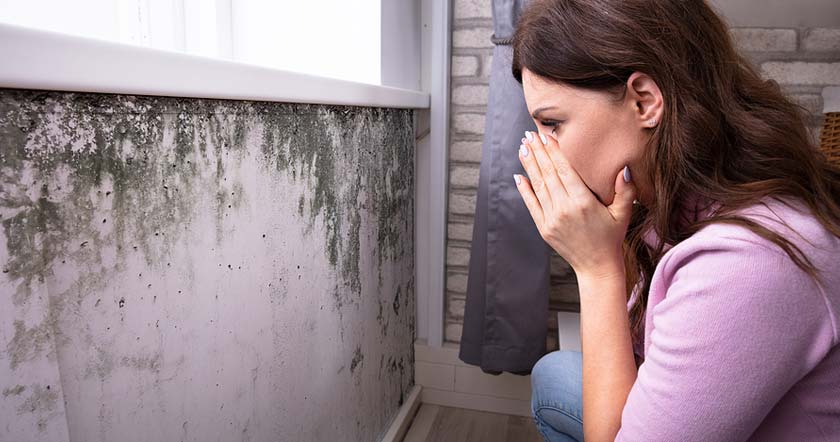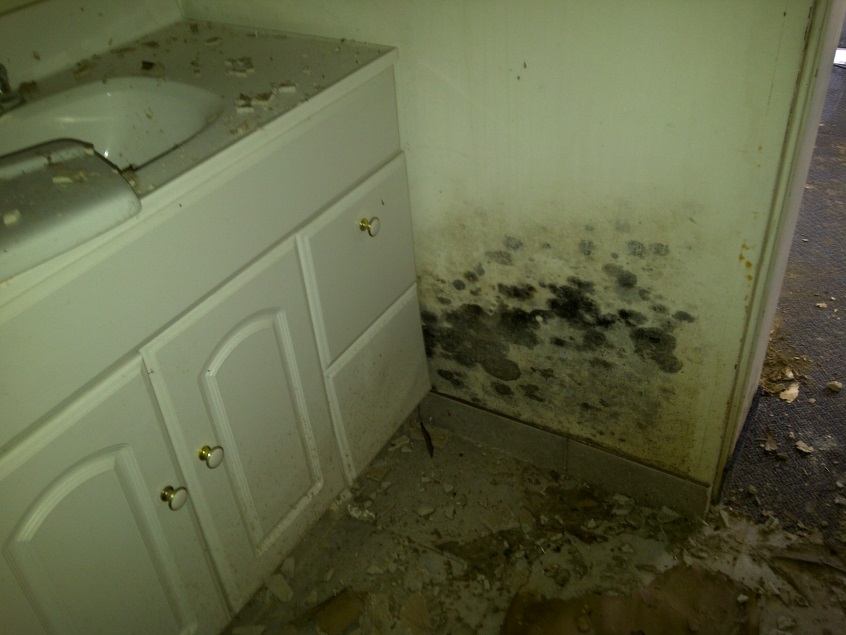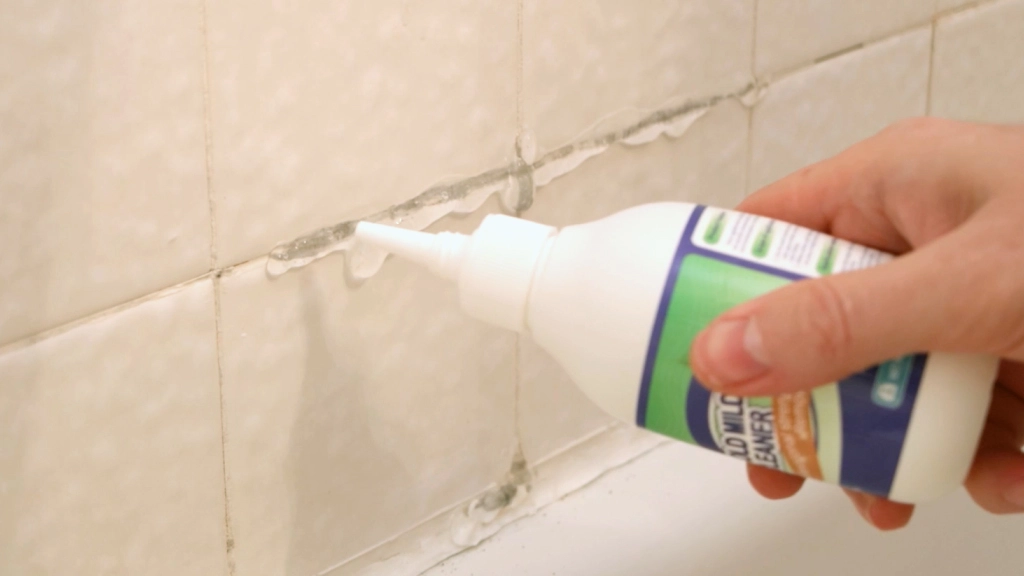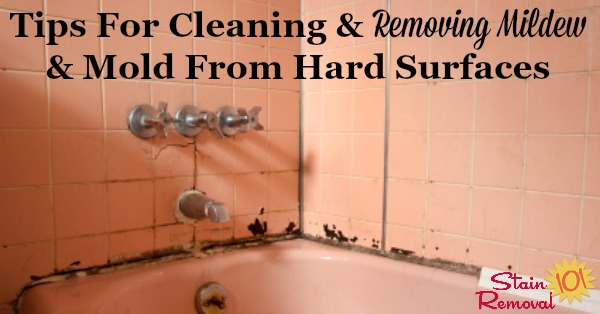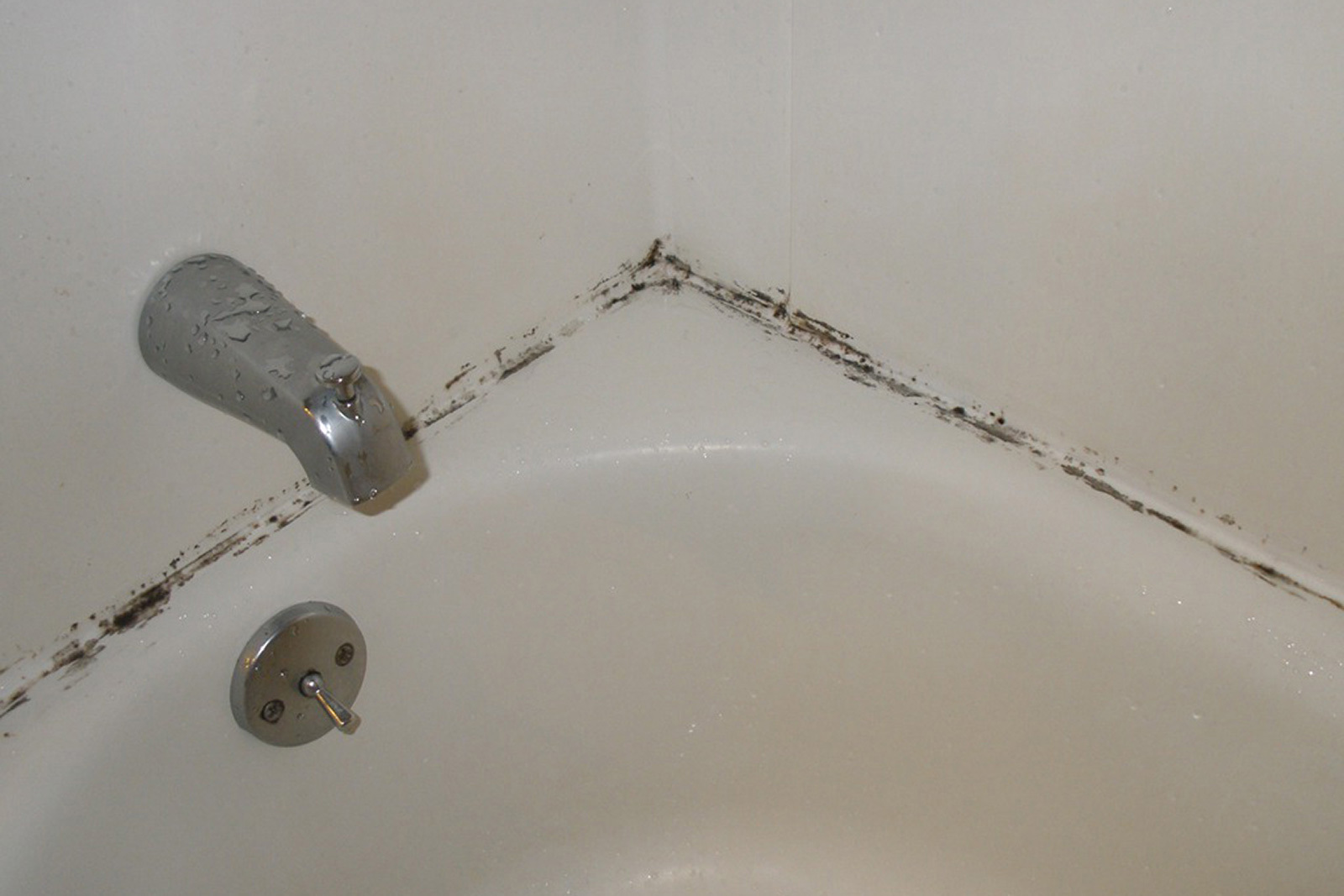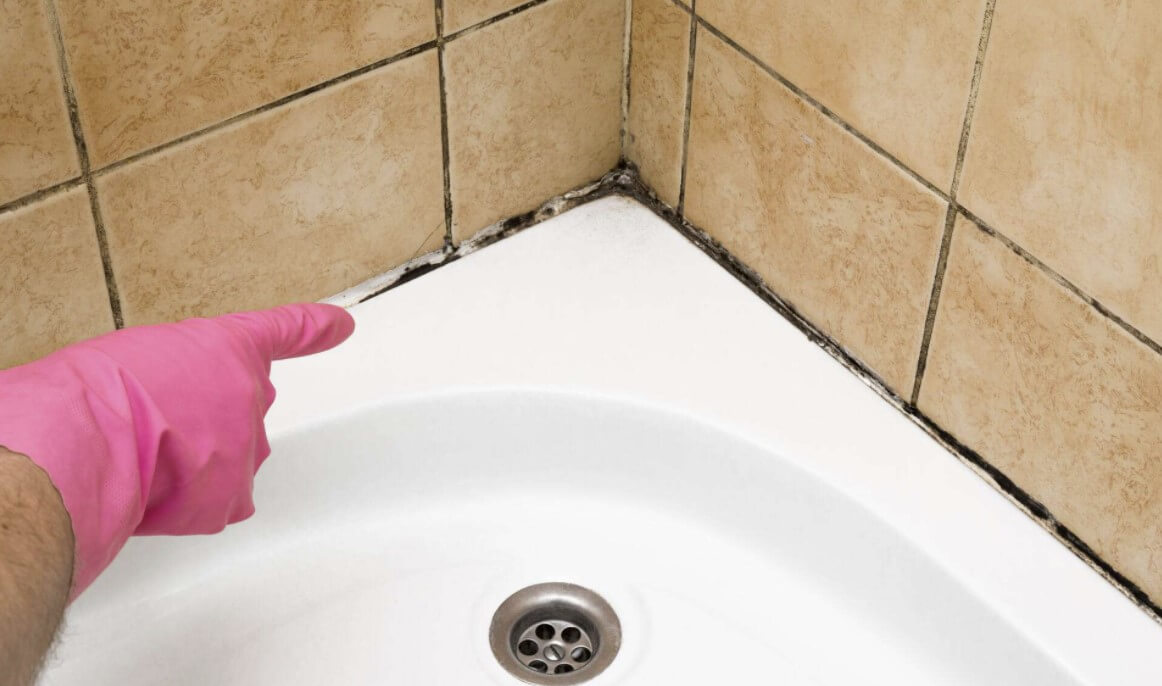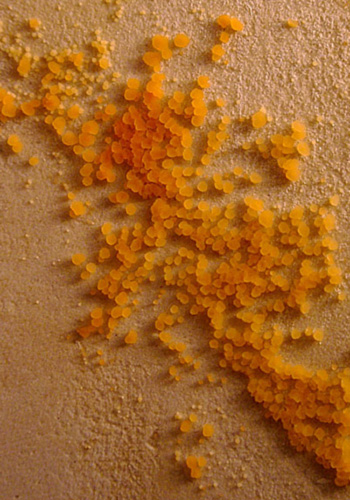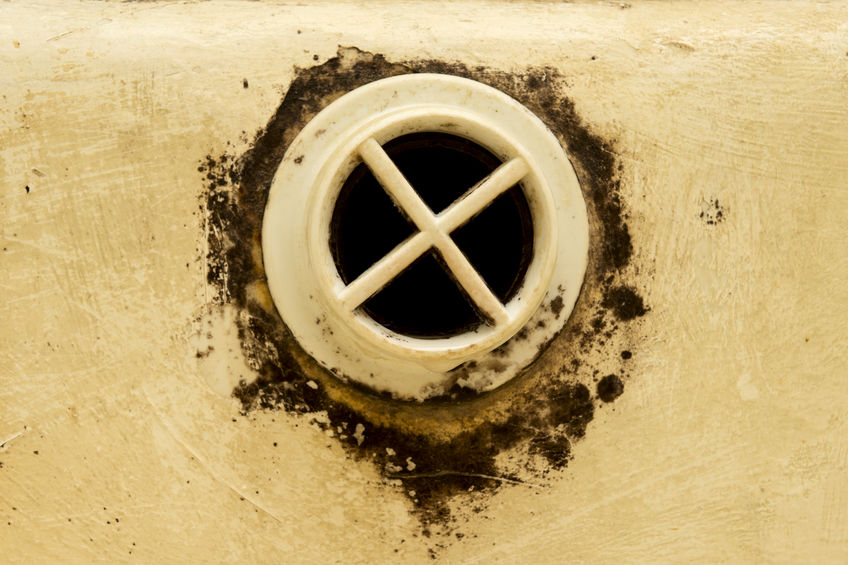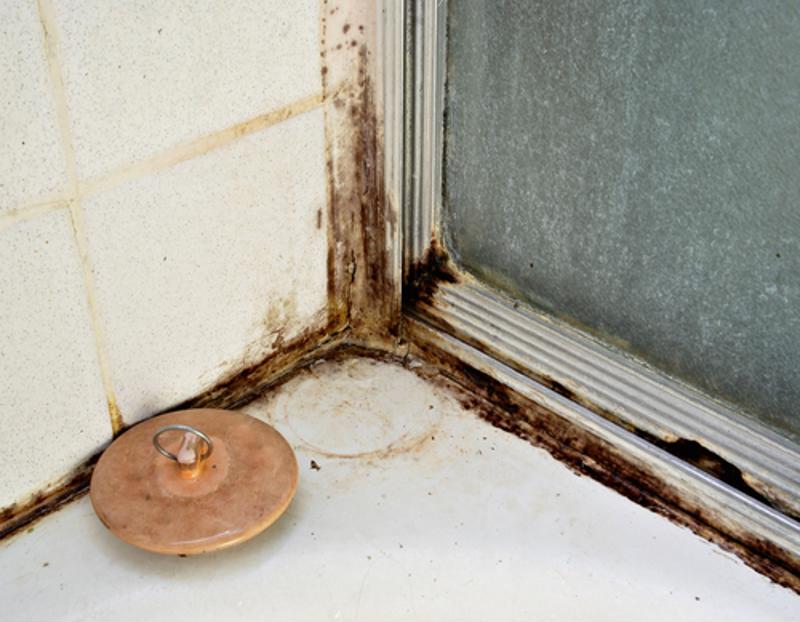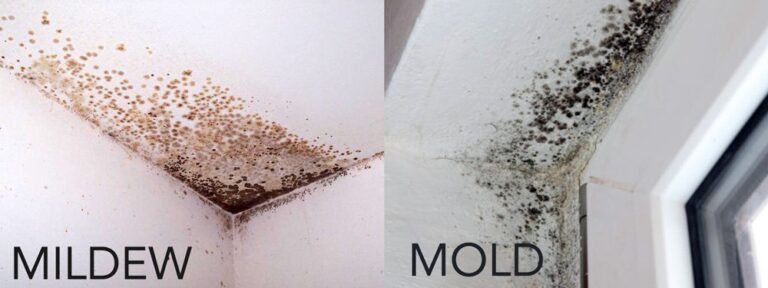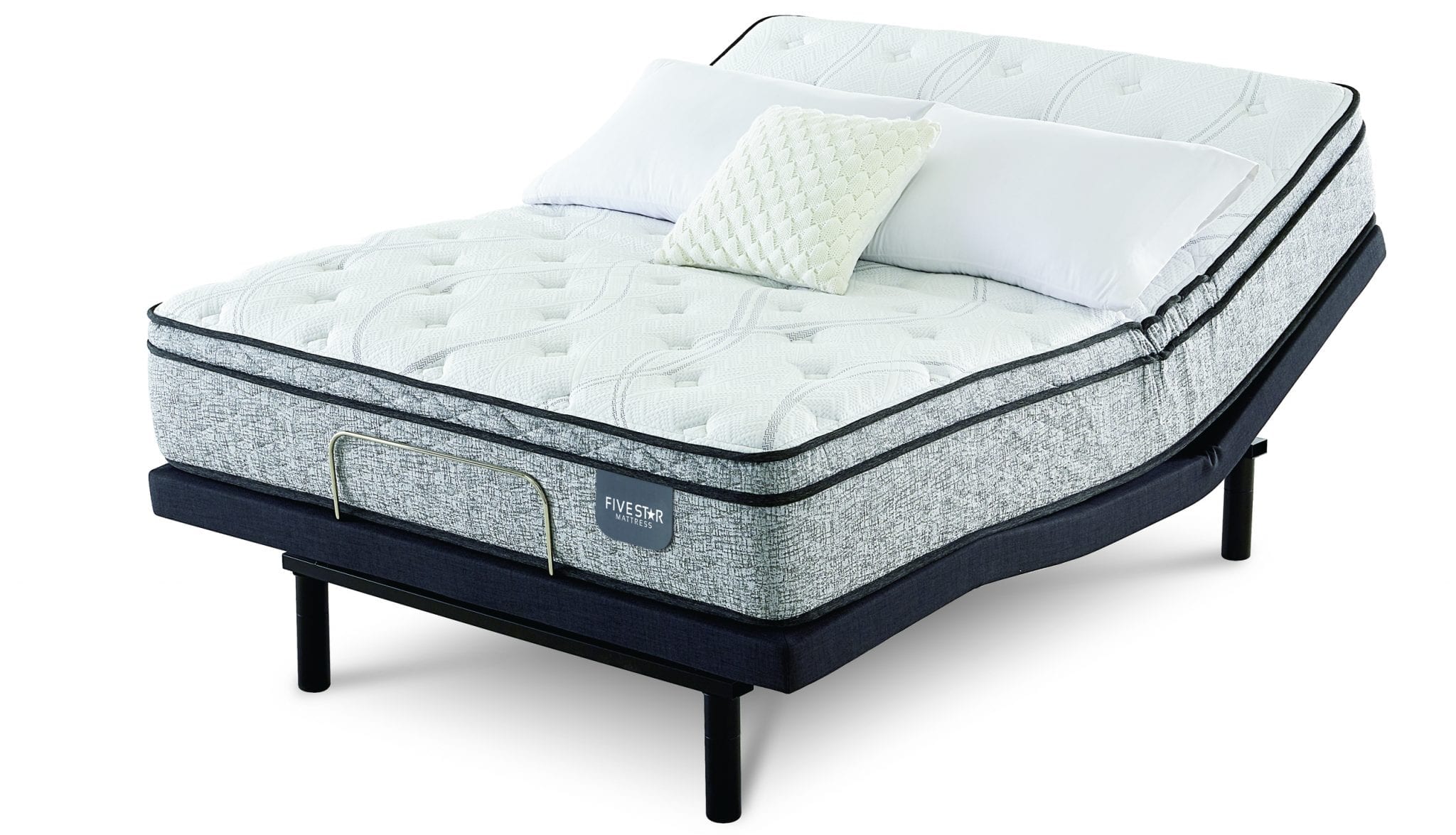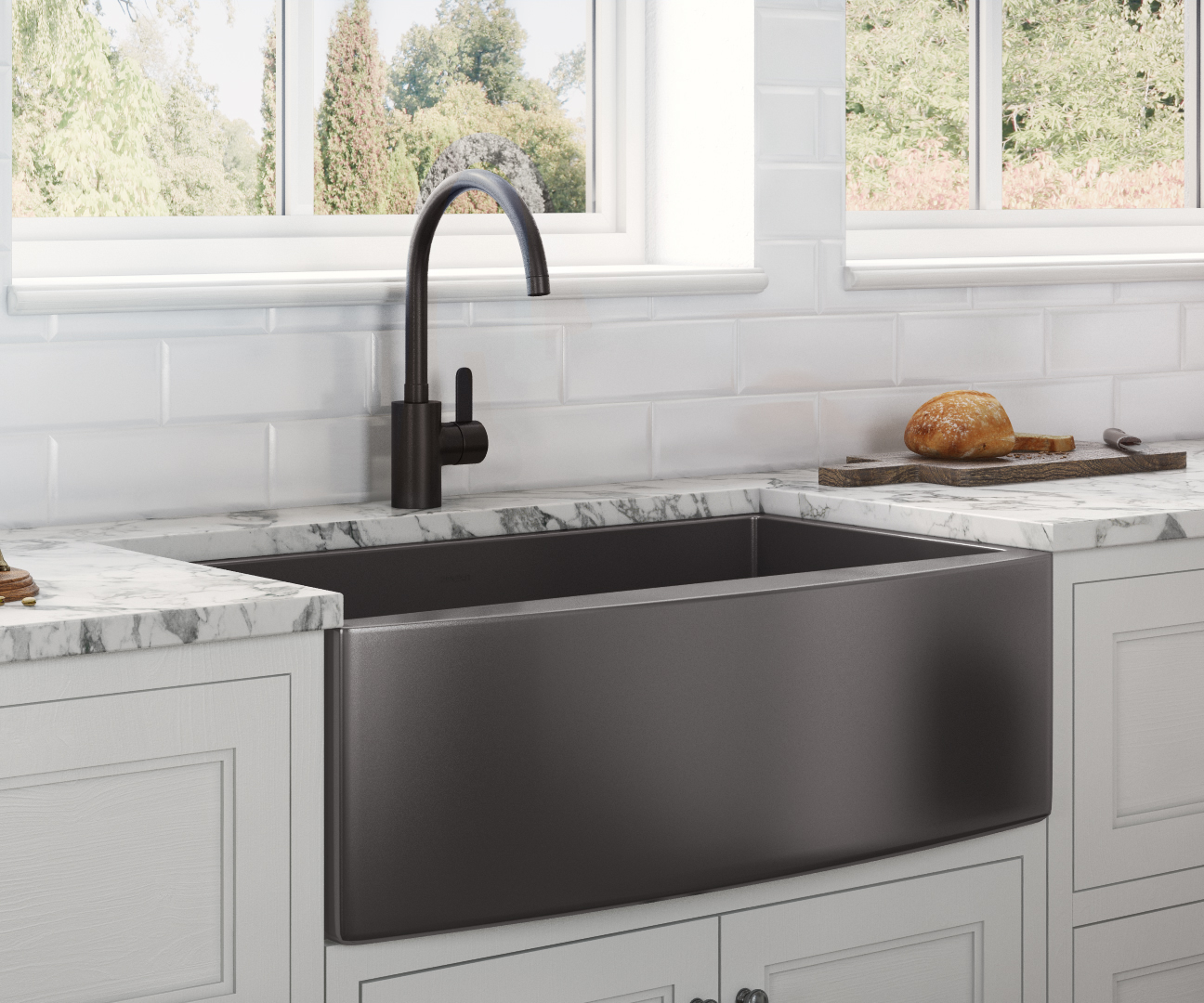Dealing with mold and mildew in your bathroom sink can be a frustrating and unsightly problem. Not only can it make your sink look dirty and unhygienic, but it can also cause unpleasant odors and potentially harm your health. In this article, we will discuss the top 10 ways to effectively remove mold and mildew in your bathroom sink, as well as tips for preventing it from coming back. Mold and Mildew Removal in Bathroom Sink
The first step in removing mold and mildew from your bathroom sink is to identify the type of material your sink is made of. This will help determine the best method for removal. For non-porous surfaces such as porcelain or ceramic, a mixture of equal parts water and white vinegar can be used to scrub away the mold and mildew. For porous surfaces like stone or marble, a stronger solution of one cup of water, one cup of hydrogen peroxide, and a few drops of dish soap can be used. Be sure to wear gloves and a mask while cleaning to avoid inhaling any harmful spores. How to Get Rid of Mold and Mildew in Bathroom Sink
To prevent mold and mildew from growing in your bathroom sink, it is important to keep the area clean and dry. After each use, wipe down the sink with a towel and make sure to dry any standing water. You can also run a fan or open a window to help with ventilation and reduce moisture in the air. If you notice any leaks or water damage, be sure to fix them as soon as possible to prevent mold and mildew growth. Preventing Mold and Mildew in Bathroom Sink
There are many commercial products available for removing mold and mildew from bathroom sinks. Some popular options include bleach-based cleaners, hydrogen peroxide, and mold and mildew removers specifically designed for bathroom surfaces. Be sure to read the instructions carefully and test the product on a small area before applying it to the entire sink. Best Products for Removing Mold and Mildew in Bathroom Sink
If you prefer to use natural and non-toxic methods for removing mold and mildew, there are several DIY solutions you can try. Baking soda, lemon juice, and tea tree oil are all known for their anti-fungal properties and can be combined to create a powerful mold and mildew remover. Simply mix one cup of water with one tablespoon of baking soda, one tablespoon of lemon juice, and a few drops of tea tree oil. Apply the mixture to the affected area and let it sit for 10-15 minutes before scrubbing and rinsing. DIY Solutions for Mold and Mildew in Bathroom Sink
If the mold and mildew in your bathroom sink is extensive or you are unsure of how to properly remove it, it may be best to call a professional mold remediation company. They have the expertise and specialized equipment to safely and effectively remove mold and mildew from your sink and other areas of your bathroom. While this option may be more expensive, it can save you time and ensure the mold and mildew is completely eradicated. Professional Mold and Mildew Removal Services for Bathroom Sink
Mold and mildew thrive in warm, damp environments, making your bathroom sink the perfect breeding ground. Some common causes of mold and mildew in sinks include poor ventilation, leaks, and moisture buildup from everyday use. It is important to address these issues to prevent mold and mildew from growing and spreading. Common Causes of Mold and Mildew in Bathroom Sink
Along with regularly cleaning and drying your bathroom sink, there are a few other tips you can follow to maintain a mold and mildew-free environment. Consider using a mildew-resistant caulk around the edges of your sink to prevent moisture from seeping in. You can also use a squeegee to remove excess water from the sink after each use. Additionally, be sure to regularly check for any leaks or water damage and address them promptly. Tips for Cleaning and Maintaining a Mold and Mildew-Free Bathroom Sink
In addition to the DIY solution mentioned earlier, there are other natural remedies you can try for removing mold and mildew from your bathroom sink. These include using a mixture of equal parts water and apple cider vinegar, or a paste made from baking soda and water. These methods are safe, effective, and environmentally friendly. Natural Remedies for Removing Mold and Mildew in Bathroom Sink
If you notice any black or green spots on your bathroom sink, that is a clear sign of mold and mildew. You may also notice a musty smell or discoloration on the surface of your sink. If you see any of these signs, it is important to act quickly to prevent the mold and mildew from spreading. Use one of the methods mentioned above to remove it and make sure to address any underlying issues that may have caused it in the first place. In conclusion, mold and mildew in bathroom sinks can be a pesky and persistent problem, but with the right techniques and preventative measures, it can be effectively removed and prevented from coming back. Whether you choose to use commercial products, natural remedies, or seek professional help, it is important to address mold and mildew in your bathroom sink to maintain a clean and healthy living environment. Signs of Mold and Mildew in Bathroom Sink and How to Address Them
The Dangers of Mold and Mildew in Your Bathroom Sink
:max_bytes(150000):strip_icc()/identifying-mold-vs-mildew-4799138-final-4266e4b3d84c4401a7c1d8b6835dcc97.png)
How These Unwanted Guests Can Affect Your Home Design
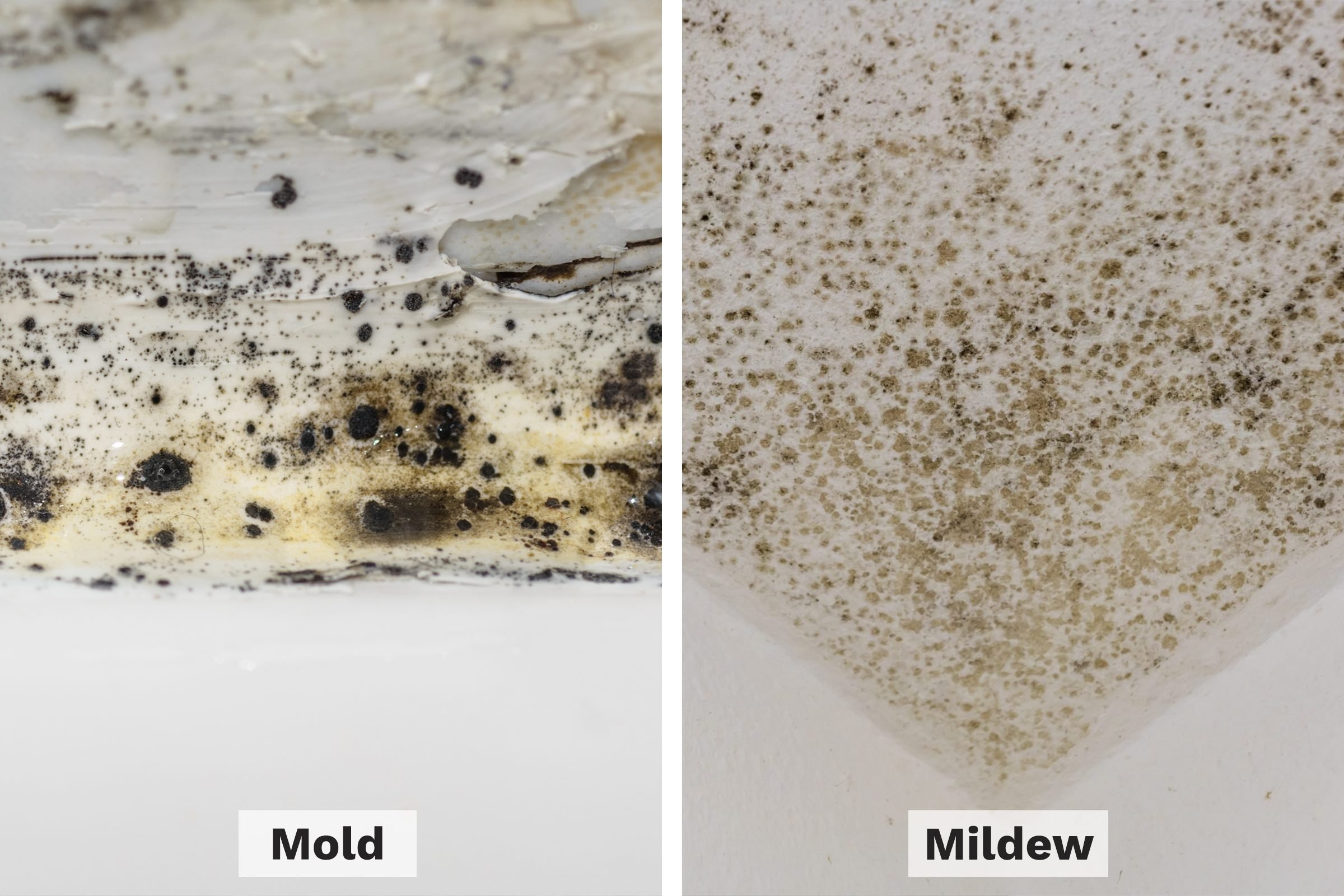 Mold and mildew are a common problem in bathrooms, especially in the sink area. These unsightly and often smelly fungi can not only ruin the aesthetic of your bathroom, but they can also pose health risks to you and your family. As a homeowner, it is important to understand the dangers of mold and mildew in your bathroom sink and take the necessary steps to prevent and eliminate them.
Mold and mildew thrive in damp and humid environments, making bathrooms the perfect breeding ground for them.
The constant presence of moisture from running water and steam from hot showers creates the ideal conditions for these fungi to grow and spread. If left unchecked, the mold and mildew can quickly take over your bathroom sink and other areas, causing damage to your house's design and structure.
One of the main concerns when it comes to mold and mildew is their impact on your health. These fungi release spores into the air, which can trigger allergic reactions and respiratory problems. If you or your family members have asthma or allergies, the presence of mold and mildew in your bathroom can worsen their symptoms. In severe cases, prolonged exposure to mold and mildew can lead to more serious health issues, such as lung infections.
Aside from health concerns, mold and mildew can also cause damage to your bathroom sink and other surfaces.
They can eat away at grout, caulk, and even the sink itself, leading to costly repairs and replacements. The discoloration and musty odor they leave behind can also be difficult to remove, making your bathroom look dirty and unkempt.
Preventing and eliminating mold and mildew in your bathroom sink requires both short-term and long-term solutions.
Regularly cleaning and drying your sink can help prevent the growth of mold and mildew.
Make sure to wipe down the sink after each use and fix any leaks or water damage immediately. Using a dehumidifier or opening a window can also help reduce the moisture in your bathroom.
For existing mold and mildew, it is best to use a solution specifically designed to kill them, rather than just bleach or vinegar. These solutions are more effective and can penetrate deeper into the surface to eliminate the root of the problem. However, it is important to wear protective gear when using these products and to follow the instructions carefully.
In conclusion, mold and mildew in your bathroom sink may seem like a minor issue, but it can have significant impacts on both your health and house design. By understanding the dangers and taking preventive measures, you can keep your bathroom sink free from these unwanted guests and maintain a clean and healthy home. Remember to always stay vigilant and address any signs of mold and mildew as soon as possible to avoid bigger problems in the future.
Mold and mildew are a common problem in bathrooms, especially in the sink area. These unsightly and often smelly fungi can not only ruin the aesthetic of your bathroom, but they can also pose health risks to you and your family. As a homeowner, it is important to understand the dangers of mold and mildew in your bathroom sink and take the necessary steps to prevent and eliminate them.
Mold and mildew thrive in damp and humid environments, making bathrooms the perfect breeding ground for them.
The constant presence of moisture from running water and steam from hot showers creates the ideal conditions for these fungi to grow and spread. If left unchecked, the mold and mildew can quickly take over your bathroom sink and other areas, causing damage to your house's design and structure.
One of the main concerns when it comes to mold and mildew is their impact on your health. These fungi release spores into the air, which can trigger allergic reactions and respiratory problems. If you or your family members have asthma or allergies, the presence of mold and mildew in your bathroom can worsen their symptoms. In severe cases, prolonged exposure to mold and mildew can lead to more serious health issues, such as lung infections.
Aside from health concerns, mold and mildew can also cause damage to your bathroom sink and other surfaces.
They can eat away at grout, caulk, and even the sink itself, leading to costly repairs and replacements. The discoloration and musty odor they leave behind can also be difficult to remove, making your bathroom look dirty and unkempt.
Preventing and eliminating mold and mildew in your bathroom sink requires both short-term and long-term solutions.
Regularly cleaning and drying your sink can help prevent the growth of mold and mildew.
Make sure to wipe down the sink after each use and fix any leaks or water damage immediately. Using a dehumidifier or opening a window can also help reduce the moisture in your bathroom.
For existing mold and mildew, it is best to use a solution specifically designed to kill them, rather than just bleach or vinegar. These solutions are more effective and can penetrate deeper into the surface to eliminate the root of the problem. However, it is important to wear protective gear when using these products and to follow the instructions carefully.
In conclusion, mold and mildew in your bathroom sink may seem like a minor issue, but it can have significant impacts on both your health and house design. By understanding the dangers and taking preventive measures, you can keep your bathroom sink free from these unwanted guests and maintain a clean and healthy home. Remember to always stay vigilant and address any signs of mold and mildew as soon as possible to avoid bigger problems in the future.
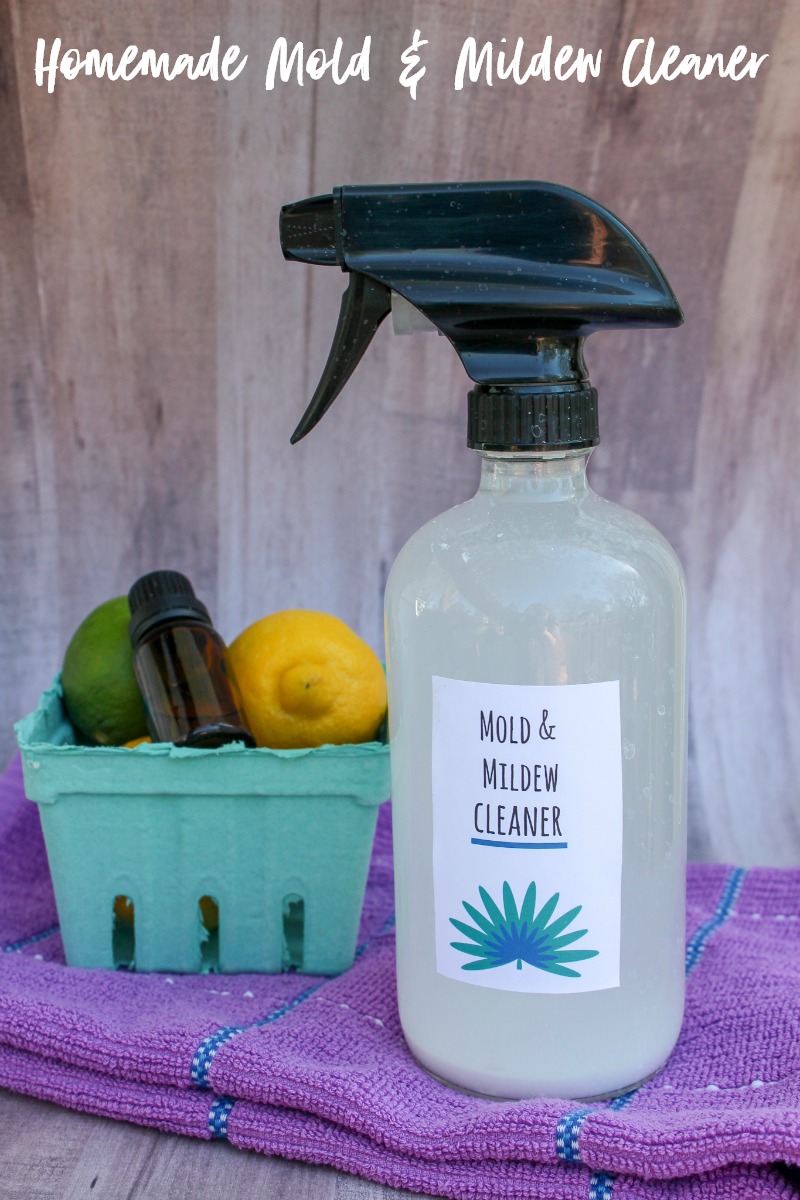

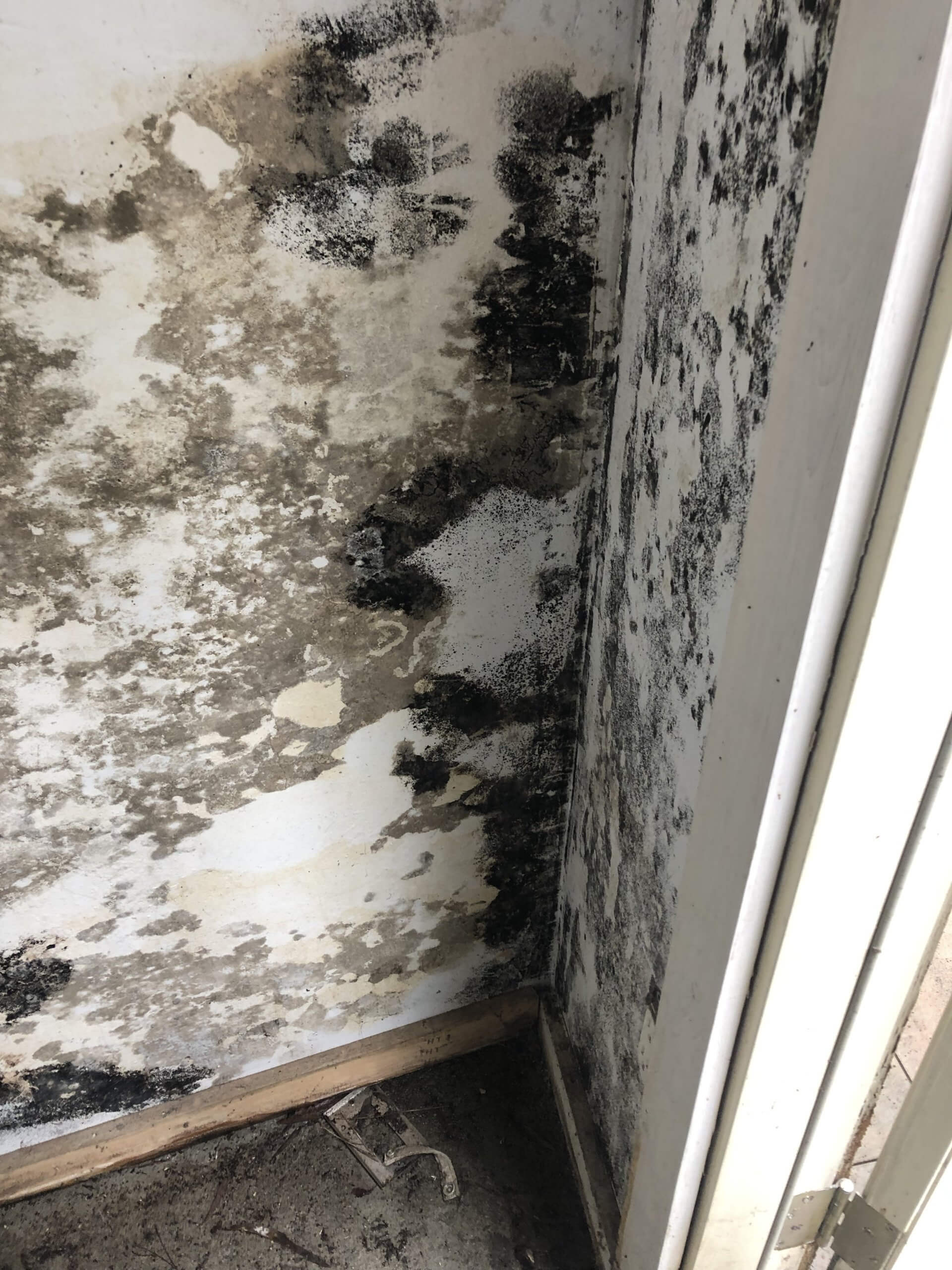

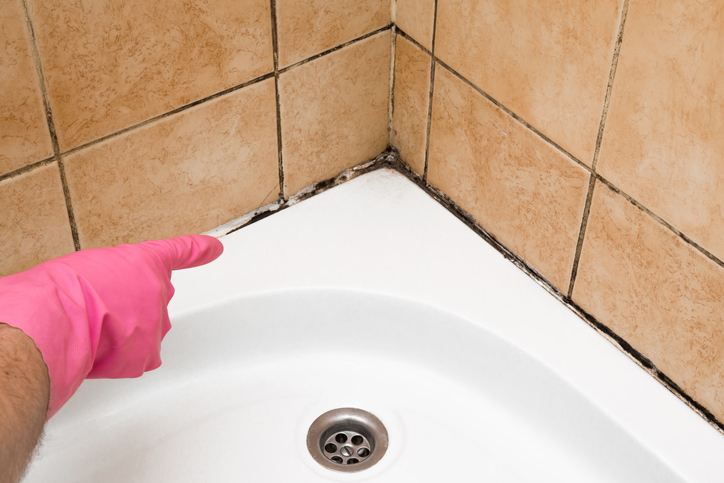

/frugal-mold-and-mildew-remover-for-tubs-and-tiles-1388734_1122-82898b097e084018bf041db6dc7f457b.jpg)





